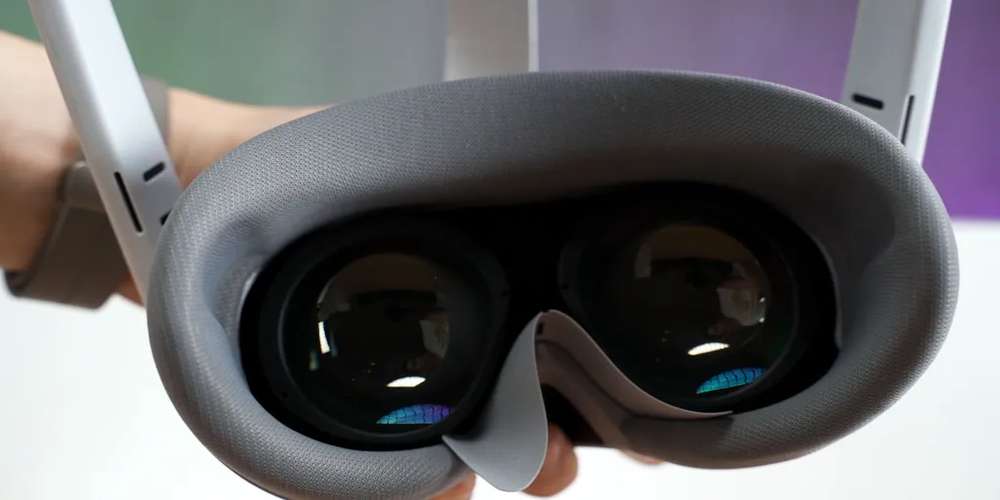Like with any educational experience, participants in the VR activity must be able to view the information properly (e.g. directions, selection options). If they cannot see clearly, they won't be able to finish the task, which will hinder their learning.
The pixel count and resolution at which a VR experience was created have an impact on its quality. The majority of VR experiences are created at 8k resolution for both eyes, indicating a high level of program quality. Blurriness in the VR experience is often caused by problems with a learner's glasses' positioning, cleaning, and alignment. Sometimes the problem is due to wrong lenses or if the lenses is not right for the user’s eyes. If you are using Pico 4 and you have problems with your vision finding the right pico 4 prescription lenses is the best solution.
Advice for Getting the Most Out of Virtual Reality While Wearing Glasses
- Ensure that your VR glasses are spotless before beginning your experience. The quickest and easiest approach to ensure that your VR glasses have spotless lenses is to simply wipe them down with a cloth before beginning your virtual reality activity.
- Make sure your glasses are resting comfortably on your face in their regular position. This is the first step in ensuring that your glasses are in the correct position on your face. Double check to ensure that they are not uneven and that they are not placed at an inappropriate height.
- Check that the lenses in the virtual reality headset have been cleaned – Before you put on your headset, double check that the lenses in the headset have been cleaned. You are able to accomplish this objective by utilizing a non-abrasive antibacterial wipe.
- Adjust the headset so that the lenses of your glasses and the lenses of the headset are in direct contact with one another. Learners should make sure there is not an excessive amount of space between their lenses and the lenses of the headset. These should be aligned with one another to ensure that the visuals in the virtual world do not appear to be distorted or hazy in any way.
- Modify the pupillary distance of your headset so that it is in alignment with your lenses. Learners using a virtual reality headset can really adjust the distance that separates the two lenses. The distance between the lenses on your glasses and the distance between the lenses on the headset can then be aligned with the help of this.
Try a Different Method of Virtual Reality Access
There are available alternatives for students who find it uncomfortable to wear their glasses with a VR headset, such as:
- Cardboard VR Headset - These affordable VR headsets are a scalable, light-weight option that may be more comfortable for students.
- Desktop Version - Learners can access the same instruction as their peers through desktop VR activities and engage with their VR environment using their mouse and keyboard.
- Mobile Version – A mobile VR activity offers learners a 360° VR activity available through a mobile device, eliminating the need to wear a headset.
Finding the right VR is the best thing to do if you want a comfortable worry free virtual reality experience.


